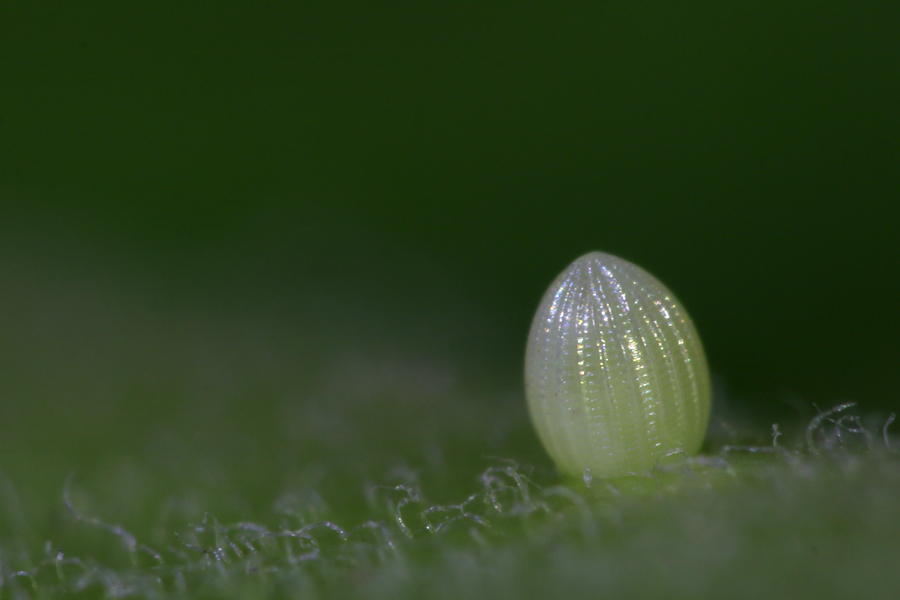Connect With Nature
Twenty thousand students visit our Outdoor Environmental Education Centres each year. Perhaps you know Sean at Laurel Creek, Nate at Blair, Levi at Wrigley Corners, and Al at Camp Heidelberg. For years they have been promoting nature’s connection to well-being and empathy towards living things with our students.

Image Credit: Al Woodhouse, Outdoor Ed Specialist, WRDSB.
Today, Al takes us outside to show us how to search for Monarch butterfly eggs on milkweed and finds something that we might easily confuse with an egg! After you watch the video, you will have a better understanding of what to look for the next time you go outside. Keep track of what you find and use the Twitter handle @outdoor_ed and #WRDSBMonarchMadness to share your Monarch stories and photos with us!
I’m here in my neighbourhood looking at milkweed plants. This one is common milkweed. You can see that it has fairly oval leaves, with a little bit of pink down the centre vein, shiny green above, and kinda like a fluffy woolly section underneath, a little bit hairy. And monarchs, they tend to lay their eggs on the underside of the leaves, so I usually kinda flip them a little bit back and forth like this looking for tiny white eggs. They are sometimes on the surface, the green shiny side, and sometimes, every once in a while, on the flowers. But mainly, probably nine times out of ten, you’ll find them on the underside of the leaves.
Now, that one there, even though it looks about the right size for an egg – I’ll show my fingernail for a size comparison – that is actually a droplet of latex from the bottom of one of the leaves. The leaves…the leaf has sustained an injury. And don’t be confused by a latex droplet in comparison to an egg. When you see an egg, you’ll probably recognize it right away. It’s not, it’s not round and liquidy; it’s more of a, ah, almost like a bit of a dome shape with a point and kind of a pearly-type colour to it.
So, I don’t see any monarch eggs on this plant. They usually lay them closer to the top of the plant because the leaves are more tender for their caterpillars to eat. But, you know, there are more milkweed plants right around here that I can go and check out. Maybe better luck on the next one.
Categories: Elementary

